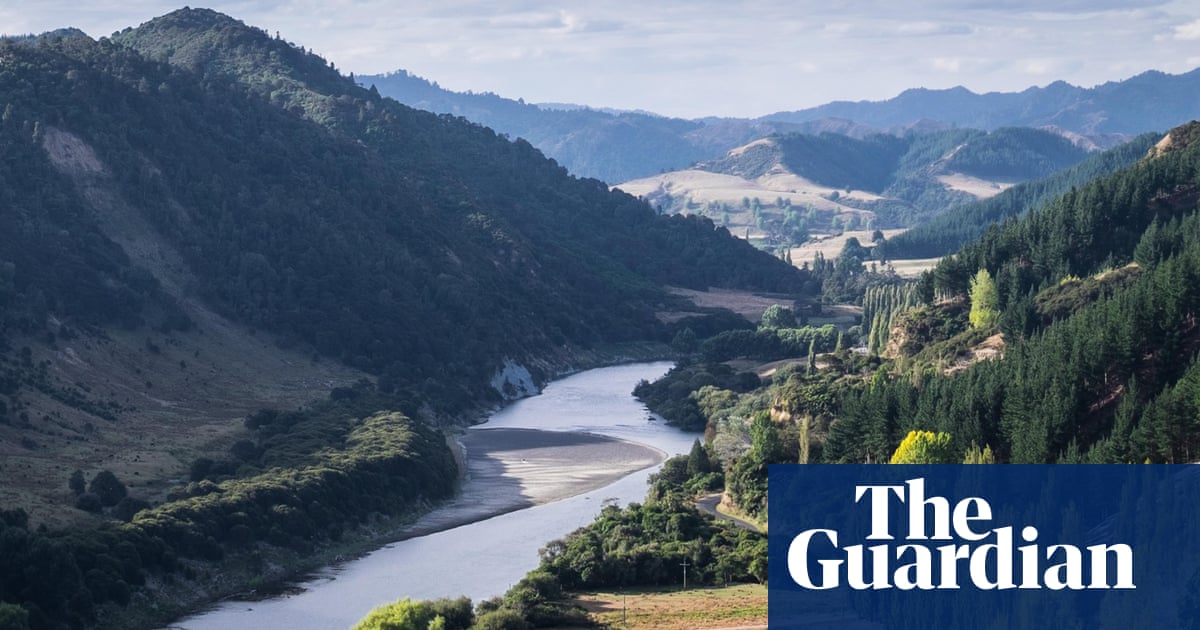Peruvian utility workers recently found a 1,000-year-old mummy while installing pipes in Lima, their company said, confirming the latest discovery of a pre-Hispanic tomb in the capital.
The workers found the trunk of a huarango tree (a species native to coastal Peru), "which served as a tomb marker in the past," archaeologist Jesus Bahamonde, scientific coordinator of Calidda utility company, told reporters.
The mummy of a boy aged between 10 and 15, was found at a depth of 20 inches, he added.
"The burial and the objects correspond to a style that developed between 1000 and 1200," he said.
The remains discovered on Monday were found "in a sitting position, with the arms and legs bent," according to Bahamonde.
Experts work around the remains of a pre-Hispanic burial that was found during an excavation to install a gas pipeline in Lima on June 19, 2025. / Credit: ERNESTO BENAVIDES/AFP via Getty Images
They were found in a shroud which also contained calabash gourds.
Ceramic objects, including plates, bottles and jugs decorated with geometric figures and figures of fishermen, were found next to the mummy.
The tomb and artifacts belong to the pre-Inca Chancay culture, which lived in the Lima area between the 11th and 15th centuries.
They were discovered while gas workers were removing earth from an avenue in the Puente Piedra district of northern Lima.
Jose Aliaga, an archaeologist with utility Cálidda, said the unearthed mummy still has dark brown hair.
"We found remains and evidence that there could be a pre-Hispanic burial," Aliaga said.
An expert holds a piece while working around the remains of a pre-Hispanic burial that was found during an excavation to install a gas pipeline in Lima on June 19, 2025. / Credit: ERNESTO BENAVIDES/AFP via Getty Images
In Peru, utility companies must hire archaeologists when drilling the earth, because of the possibility of hitting upon heritage sites.
Calidda has made more than 2,200 archaeological finds since 2004.
Lima is home to over 500 archaeological sites, including dozens of "huacas" as ancient cemeteries are known in the Indigenous Quechua language.
"It is very common to find archaeological remains on the Peruvian coast, including Lima, mainly funerary elements: tombs, burials, and, among these, mummified individuals," said Pieter Van Dalen, dean of the College of Archaeologists of Peru.
Van Dalen, who is not involved in the discovery, said mummies on the Peruvian coast are usually found mummified naturally, generally in desert areas, with the skin dehydrated by the summer heat. He explained that other unearthed remains have been found to have undergone mummification procedures for cultural reasons and are usually discovered in a seated position with their hands covering their faces.
In April, archaeologists in Peru announced they found the 5,000-year-old remains of a noblewoman at the sacred city of Caral, in an area which for decades was used as a garbage dump.
Just days before that, researchers carrying out excavation work in southern Peru found an ancient tomb filled with the remains of two dozen people believed to be battle victims.
The Associated Press contributed to this report.
Kidney dialysis industry accused of maximizing profits over patients
Pentagon officials reveal new details about U.S. strikes on Iran's nuclear sites

 German (DE)
German (DE)  English (US)
English (US)  Spanish (ES)
Spanish (ES)  French (FR)
French (FR)  Hindi (IN)
Hindi (IN)  Italian (IT)
Italian (IT)  Russian (RU)
Russian (RU)  7 hours ago
7 hours ago


























Comments